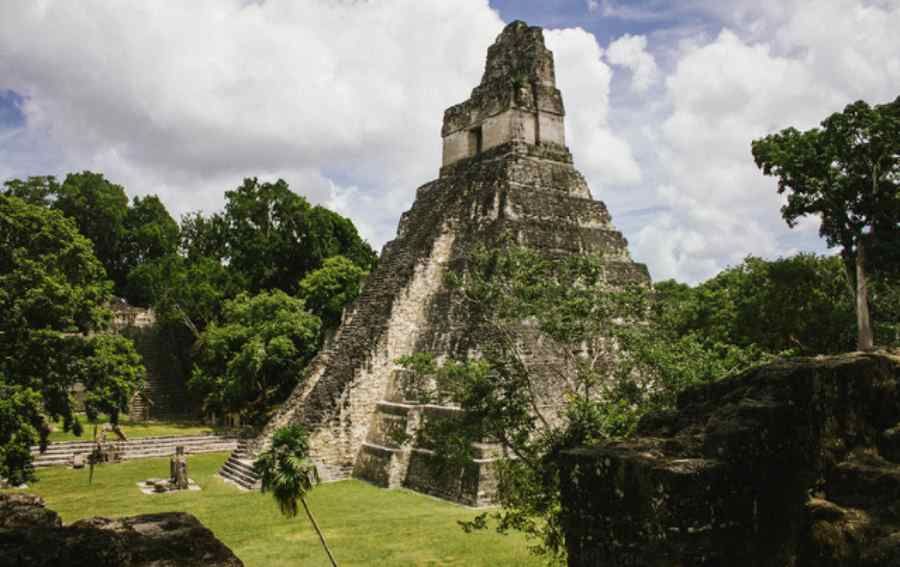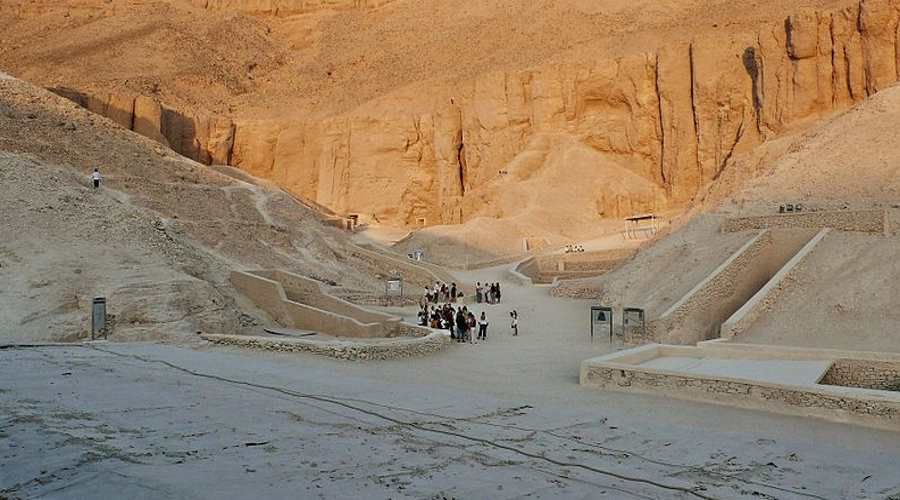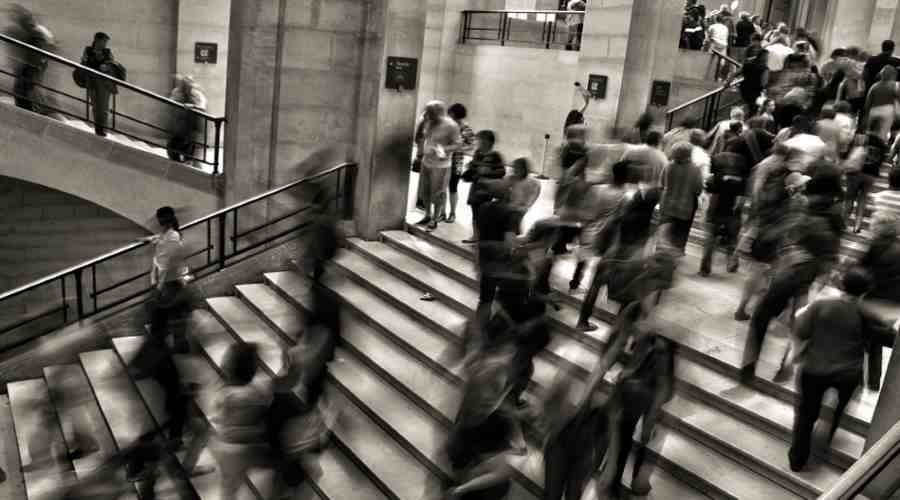
Maya megalopolis. Surprising discoveries in northern Guatemala
Maya megalopolis. Surprising discoveries in northern Guatemala
In the Guatemalan jungle, scientists have uncovered the ruins of more than 60,000 homes, palaces and other structures that have been hidden from the eyes of modern humans for centuries. Researchers believe that the area was inhabited by millions of people, and that the entire Maya civilization was more advanced than previously thought.
Archaeologists using so-called. LIDAR (Light Detection and Ranging) device that works on a similar principle to radar, but scans the surface with light from the air, have discovered a vast network of structures hidden in the jungle in p The sites in northern Guatemala, built by the Mayan civilization .
Thanks to this groundbreaking technology, scientists were able to digitally remove from the image of the into the canopy of trees and the top layer of vegetation. In this way b have uncovered the ruins of a pre-Columbian civilization, which ra was interconnected and far more complex than previously thought.
– LIDAR images have shown that the entire region is one large settlement, and that its scale and population density have been grossly underestimated – said Thomas Garrison, an archaeologist at Ithaca College associated Also from National Geographic, which ry specializes in using digital technology for archaeological research.
Researchers have mapped a jungle area of 2,100 kilometers in square wok ł the city of Tikal – a popular tourist destination. They have uncovered palaces, bridges, fortifications, dwellings and other structures, kt re were hidden in the jungle for centuries. All this indicates that the area was mostly inhabited, and that the city of Tikal itself is three to four times larger than previously thought.
As digital technology becomes more sophisticated, it is increasingly useful for research. Detailed lnie LIDAR is gaining popularity in archaeological research. It uses lasers as a kind of radar to create 3D maps and is a particular lnie useful because it can penetrate foliage and water.
The device, which combines the functions of a laser and a telescope, kt re works similarly to radar, except that it scans the ground surface from the air. Thanks to it, many discoveries have been made, for example, remains of ancient cities have been found in the Cambodian jungle, right next to the famous Angkor temple complex.
The survey in the Tilak City area was conducted on the initiative of the PACUNAM Foundation committed to preserving Guatemala’s natural and cultural heritage. Current work focusing on research and conservation in the biosphere reserve May. To date, it is the largest archaeological survey using LIDAR technology.
The results from the survey suggest a complex, highly sophisticated civilization led by the mysterious Serpent Krs l , which ra lived in the area 1,200 years ago.
The interconnected network of ancient Maya cities was home to millions more people than previously thought https://t.co/0E0FafOyRR
Researchers estimate that the entire area controlled by the May The jungle was inhabited by up to 20 million people. That’s as much as half the population Early Europe, except that it inhabited an area about the size of Italy.
The findings revealed m.in. An extremely extensive network of dr g connecting almost all urban centers, as well as urban centers with quarries. Their breadth suggests that they were frequently used, which in turn indicates a well-developed trade.
Scientists have also discovered complex irrigation systems, indicating well-developed agriculture, kt re was able to feed a large population. Canals, dykes and reservoirs kept moisture in the jungle under control, and fortifications suggest that warfare was an important and ongoing problem.
The discoveries made are only the first part of the PACUNAM Foundation project. Researchers say they will find even more remnants of the May civilization in the jungle .
– I am convinced that there are entire cities about which which we have no idea,” said Boston University archaeologist Francisco Estrada-Belli. – There are 20,000 kilometers to explore in square and we will definitely find something, I guarantee,” he added.

